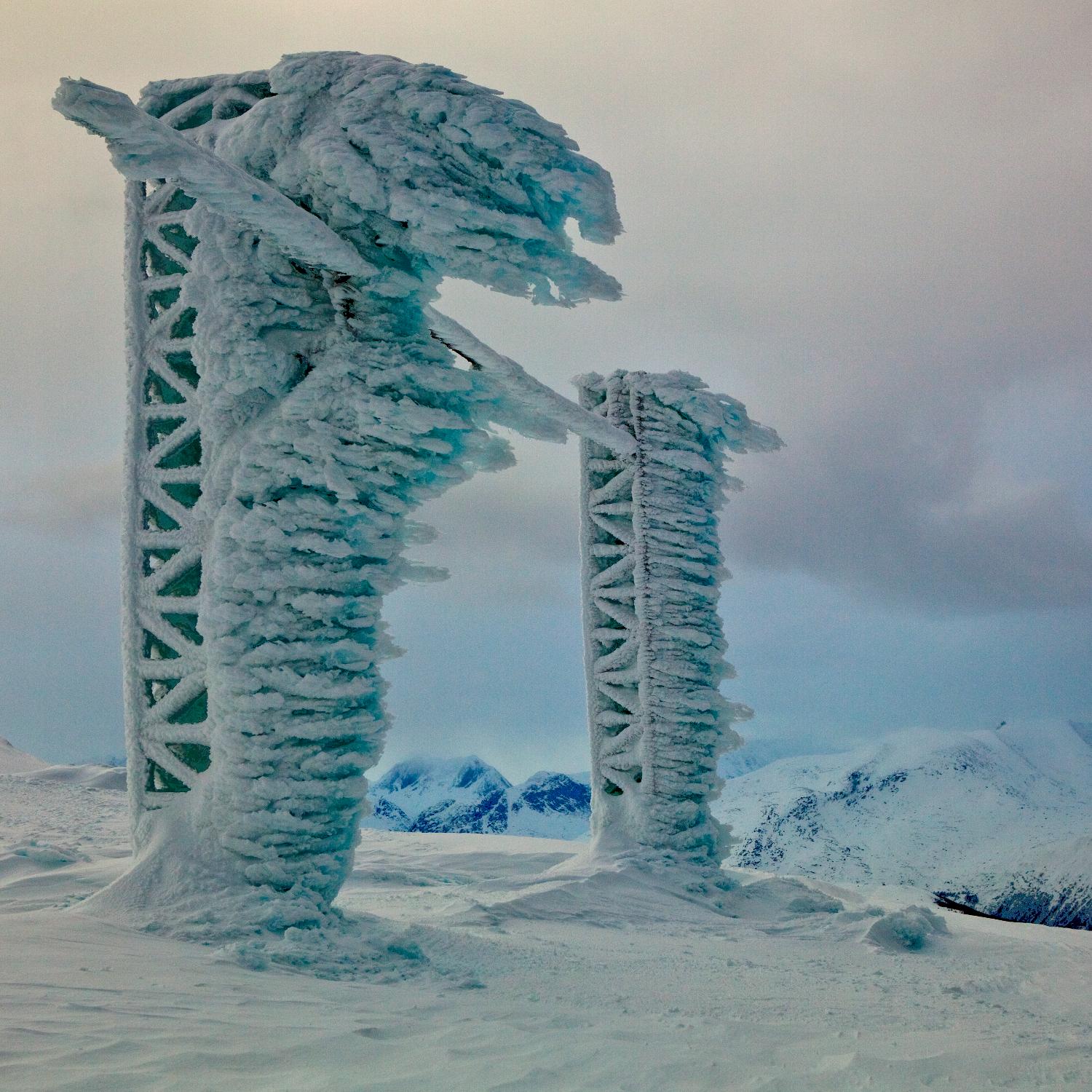Study of Atmospheric Icing on Structures in High North

Human activities are increasing in the cold regions of the High North, where atmospheric icing on structures will not only create inconvenience to humans, but can also have a direct impact on human activities especially in the construction industry (communication towers and ski lifts), energy distribution (electrical power distribution installations), maritime activities, aviation conditions on the ground, meteorological observations and wind energy. High voltage power network installations and communication masts in the High North have been damaged or destroyed on numerous occasions due to the added mass of ice or an increase in aerodynamic interaction leading to unacceptable movements. Similarly, atmospheric icing on wind turbines has been recognized as a hindrance to the development of wind power in the High North, particularly in the northern parts of Norway where the uncertainty surrounding the effects of icing on energy production may prevent otherwise good wind resources from being utilized. Therefore, the international energy agency (IEA) Annex XIX: 'Wind energy in cold climates’, has specified that one of its objectives is to find methods to better understand ice accretion mechanisms and estimate their effects on energy production.
This project addressed the objectives and priorities of the SIU- High North Program through the project goal, 'To contribute to, and enhance, the knowledge of students/researchers/staff concerning atmospheric ice accretion physics on structures in the High North, keeping in view the ongoing human activities and future industrial and energy demands’. The project created benefit by enhancing knowledge about design of anti/deicing techniques to minimize the effects of ice accretion on structures'. University of Tromsø, Norway and Chongqing University, China were the higher education institutes participated in this project. State Key Laboratory of Power Transmission Equipment and System Security and New Technology (CQU, China) and the Arctic technology & Icing research group of UiT jointly worked in this project. Both institutions have been working actively on topics related to ice accretion on structures for many years. The proposed project allowed students, researchers and staff of both institutions to cooperate and enhance their knowledge on topics of mutual interest related to cold climate/atmospheric icing through joint projects, joint academic courses, exchange visits and joint dissemination of results.
Project Duration: 2015- 2018
Project Funded By: EU- Interreg Botnia Atlantica & Nordland Fylkeskommune.
Budget: 1,439,400 EUR